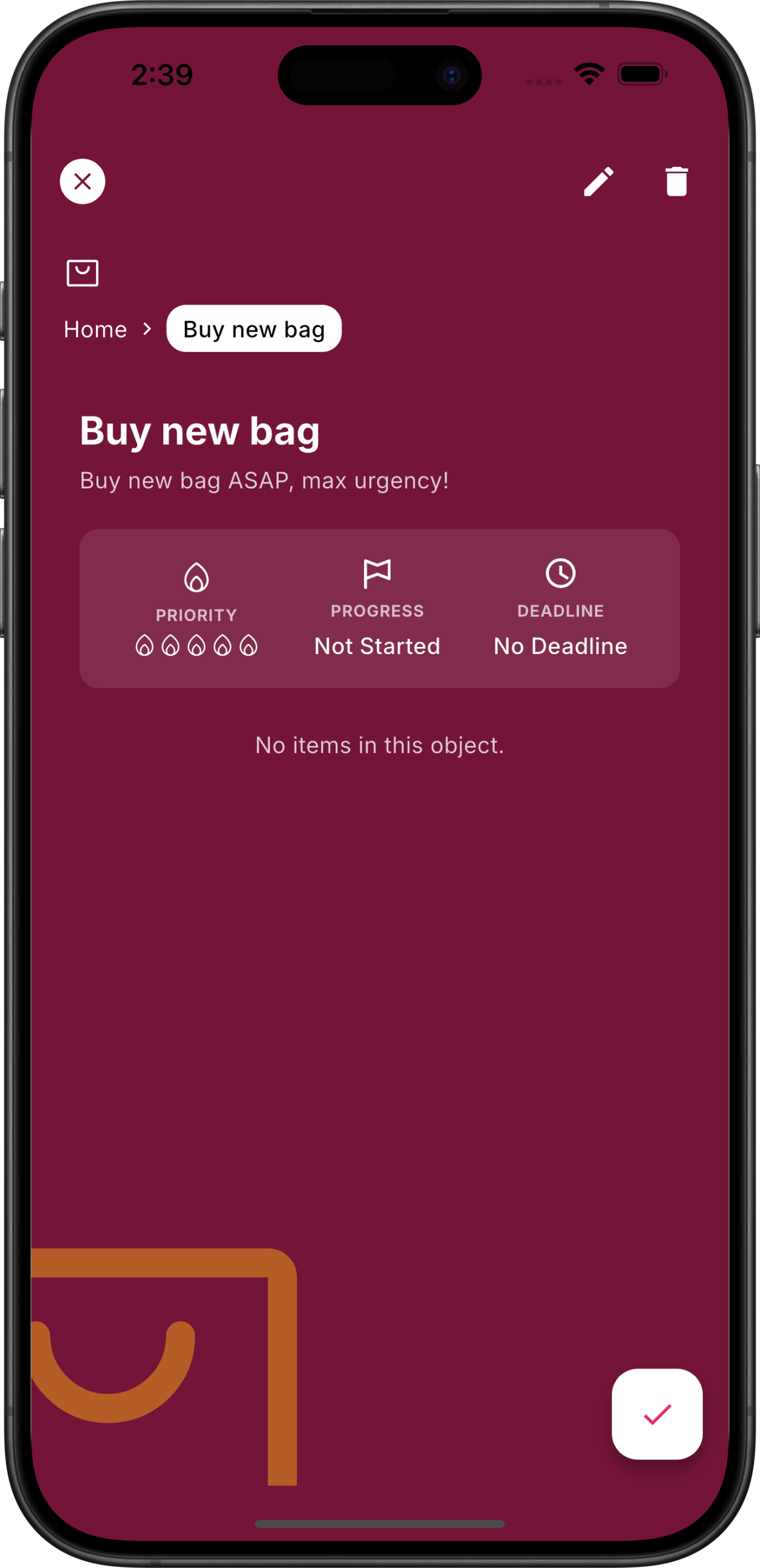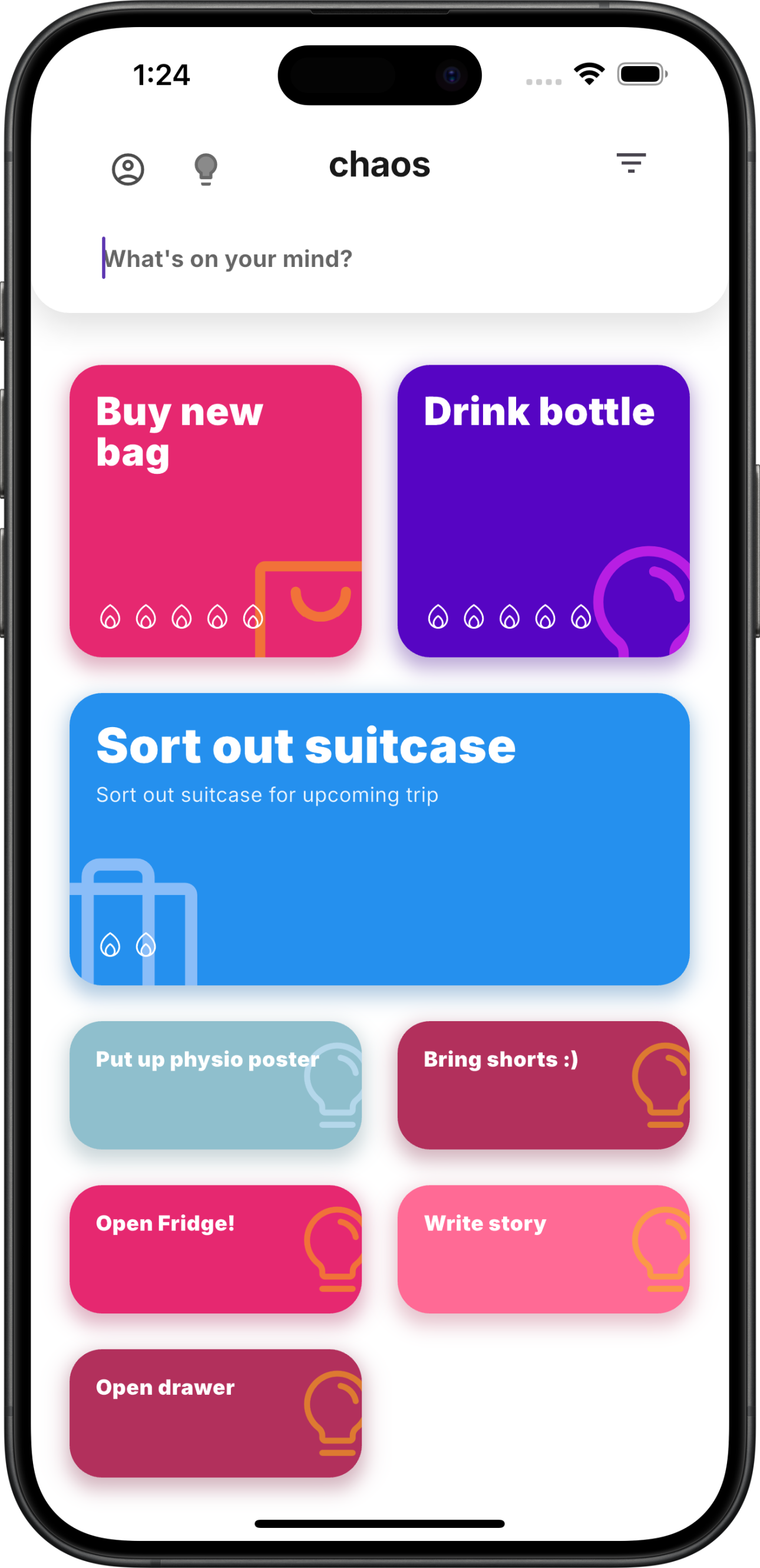Why it matters: Leaders chase deep work, yet most teams still worship the task list. The Microsoft Work Trend Index 2025 shows employees are interrupted every two minutes on average, clocking 275 interruptions a day.[1] A focus scoreboard creates a shared language for attention, energy, and recovery instead of counting pings.
TL;DR
- Focus scoreboards track attention quality (flow, friction, fatigue) alongside delivery metrics.
- Chaos collects data from check-ins, calendar density, and break habits to keep the picture honest.
- Balance agents with human retrospectives so individuals retain autonomy over how they work.

What belongs on a focus scoreboard?
Pick three dimensions: Flow (meaningful progress), Friction (blockers, context switches), and Fatigue (energy debt). Score each on a 1–5 scale daily. The Stanford AI Index 2025 notes 78% of organisations adopted AI in 2024, up from 55% the year before;[2] use that capacity to automate the arithmetic while humans narrate what the scores mean.
| Metric | Signal source | Interpretation | Chaos automation |
|---|---|---|---|
| Flow | Daily check-in, shipped artefacts | Score 4–5 when you finish a key deliverable | Agent matches highlights to roadmap |
| Friction | Meeting count, blockers tagged | Score 1–2 when context switches spike | Chaos flags meetings to prune |
| Fatigue | Sleep log, break adherence | Score 3 when energy dips but recoverable | Agent proposes breaks from dopamine break menu |
How do you capture focus signals without surveillance?
Keep the focus scoreboard opt-in and transparent. Ask teammates to pick their preferred inputs: short voice notes, emoji sliders, or text check-ins. Chaos will transcribe and tag the data, but people can always delete entries. Avoid keyboard trackers or webcam tools—they erode trust. Pair the data with neutral anchors such as the context-aware reminders playbook so nudges feel like support, not scrutiny.

Which rituals keep the focus scoreboard honest?
Run a 15-minute “focus wash” every Friday: review the week’s scores, note patterns, and pick one experiment for next week. Schedule a monthly deep-dive where the team compares scoreboard trends with delivery outcomes. If flow scores are high but shipments lag, dig into estimation accuracy. If fatigue stays high, borrow recovery tactics from our procrastination reset sprints to lighten the load.
What does the focus scoreboard change in practice?
Mini case story: Manchester studio StoryForge rolled out a focus scoreboard across their product and marketing pods. Within a month, the agent spotted that friction spiked on Tuesdays. They moved status meetings to asynchronous voice notes and added a shared co-working block inspired by our body doubling playbook. Deep work scores climbed 18% over six weeks while burnout survey scores held steady.
Key takeaways
- A focus scoreboard tracks flow, friction, and fatigue to contextualise productivity.
- Opt-in data collection plus transparent automations keep trust high.
- Weekly and monthly rituals turn numbers into sustainable action.
Summary
A focus scoreboard reframes productivity from hourly output to sustained creative momentum. With Chaos handling the heavy lifting, your team can spot when to push, when to recover, and when to ask for help.
Next steps
- Run a one-week pilot with a single squad and compare experience against the meeting notes workflow.
- Add a reminder cadence from the time blindness lifeline so the scoreboard never goes stale.
- Share your learnings with the exec team ahead of the executive offsite agenda.